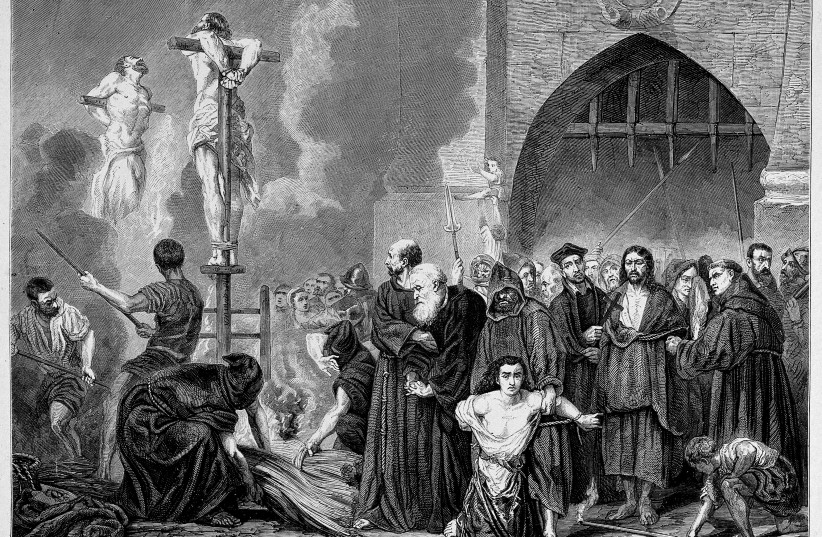Archaeologists have discovered the remains of a synagogue that was used 530 years ago. The building was used from the 14th century up until the expulsion of Spanish Jews in 1492.
"The important components of a synagogue, like the entrance hall and the remains of the benches, confirm that it's a prayer site," explained archeologist Miguel Angel De Dios at a press conference. The archaeologist went on to explain that the team hopes to uncover further Jewish historical sites like a mikvah.
Significance of the find
The site, despite only partial preservation, is considered to be a valuable find as very few synagogues survived after the expulsion.
"This is an opportunity for us to rediscover our history," Villalobus said. There are future plans to make the site accessible to the public
“The story of the Sephardic Jews was practically erased or hidden for a long time.”

“Until now, there were only four such buildings in all of Spain – two in Toledo, one in Segovia and one in Córdoba,” he said. “This is an exceptional building that’s been part of Utrera and part of its inhabitants’ lives for 700 years. This building was born in the 1300s and has made it all the way to the 21st century.”
Archaeologist De Dios said that "We're restoring a very important part of history – not just of the city, but of the Iberian Peninsula as well." He added, "It's like a window, or a megaphone, through which Spanish Jewry can speak. If we listen, we can learn a great deal about who we are and why we're here."
Use of the structure
Archaeologists were prompted to look in the area and helped in identifying the ruins, by a letter written by historian Rodrigo Caro in 1604. Caro wrote that a hospital had been built over the synagogue.
In the 16th century, the synagogue had also undergone renovation, erasing the building's Jewish history, and was converted into a Christian church.
The building then went on to become an orphanage, a restaurant, and a pub. The building was then abandoned for two decades until the municipality purchased the building in 2018 for €460,000.
Jews in Spain
Of the 200,000 Jews in Spain, It is estimated that 70,000 left Spain after expulsion, according to lawoffice.org.il. They were expelled under the Alhambra Decree, which intended to rid Spain of all Jews. The Jews of Spain were given only three months' notice to leave. The decree was only officially repealed in 1968.
Jews that didn't leave after the decree were killed or forced to convert to Catholicism. Many Jewish children were forced into slavery and their parents were burnt to death at the stake.
Only a few years after the Spanish Alhambra Decree, Portugal adopted a similar law.
In 2015, Spain passed a law enabling Sephardi Jews, whose ancestors had been expelled, Spanish citizenship. More than 150,000 Jews have applied under the law.
